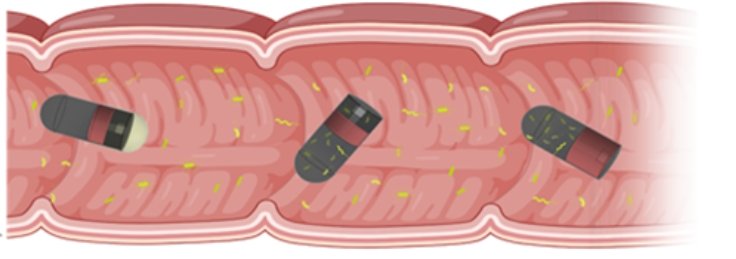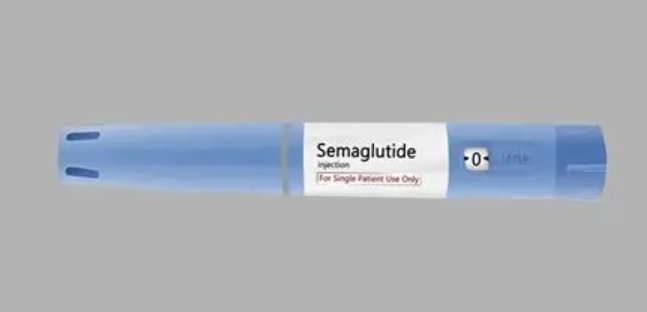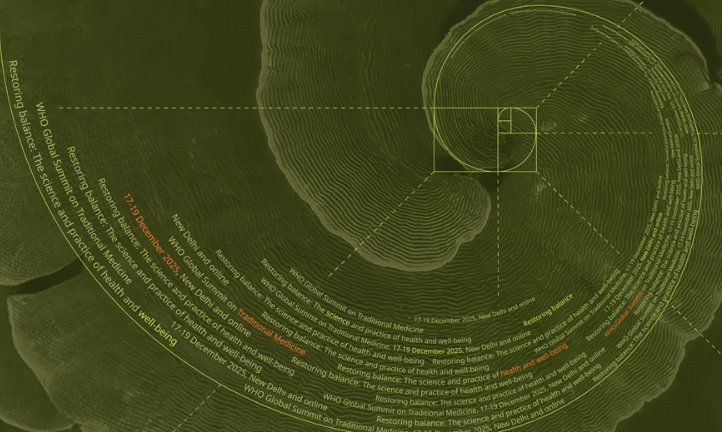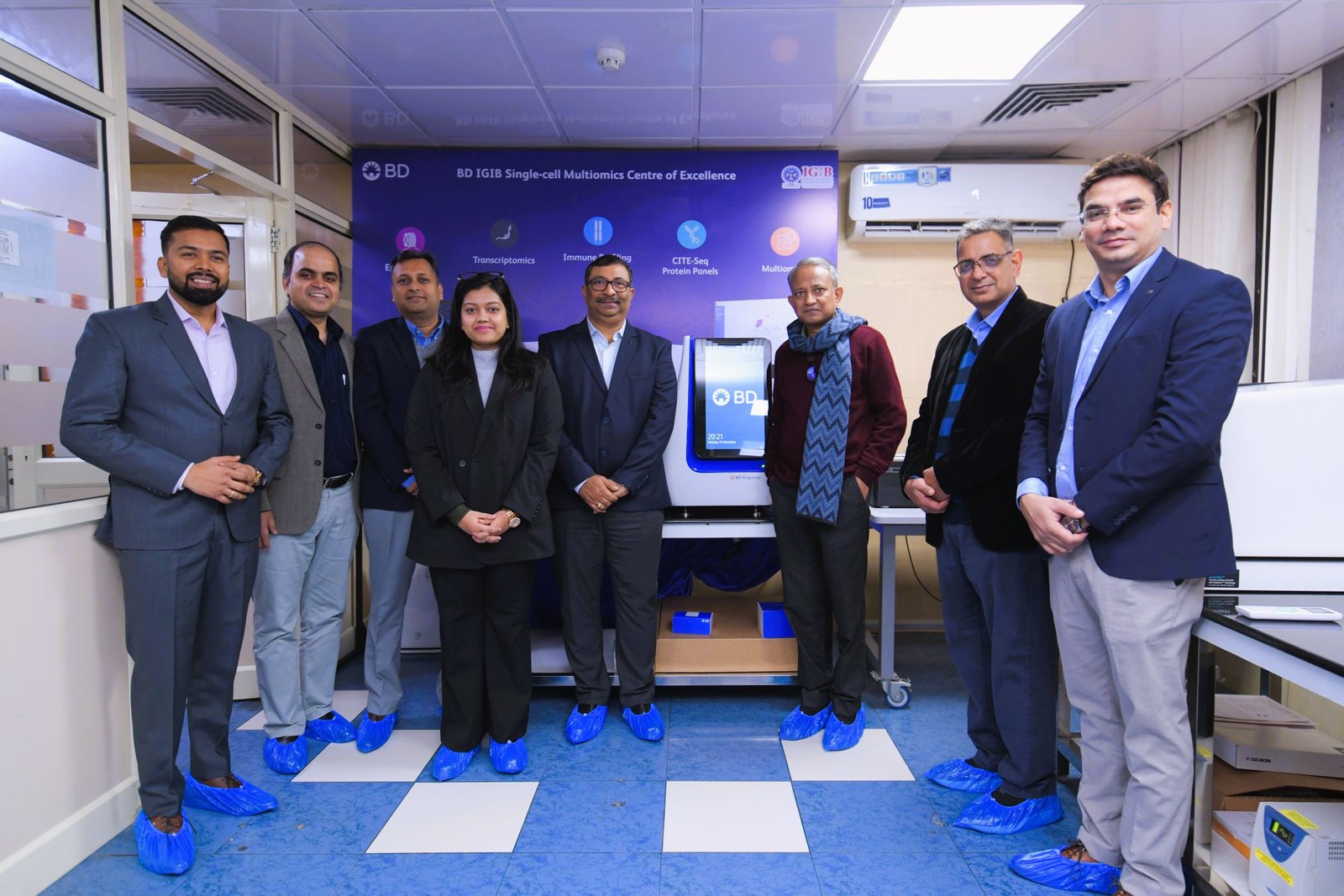Breakthrough research; An Isolation of Infecting Organisms after Joint Replacement
January 22, 2018 | Monday | News
Next-generation Genomic Sequencing could help identify infecting organisms and guide treatment for patients with joint-replacement infection
Joint replacement surgery carries the risk of developing an infection in the replaced joint, which can lead to a so-called revision or re-do of the joint replacement.
Thomas Jefferson University researchers have found that genomic analysis using; can identify infecting organisms in over 80 percent of cases of infected joint replacement that had previously escaped detection.
In order to test the ability to isolate infective organisms, Dr. Parvizi and colleagues prospectively enrolled patients undergoing a revision joint replacement over a 9-month period in 2016, and assessed for organisms identified using traditional method: culture, side by side with NGS.
The results showed that NGS identified organisms in 89 percent of infected cases versus 61 percent with culture.
Furthermore, NGS was able to detect the pathogen in 81 percent of the cases that were negative for pathogens by the standard culture method, and which would have been missed otherwise.
Dr. Parvizi has ownership interest in MicroGenDX, the laboratory that provided next generation sequencing of samples in this study.










